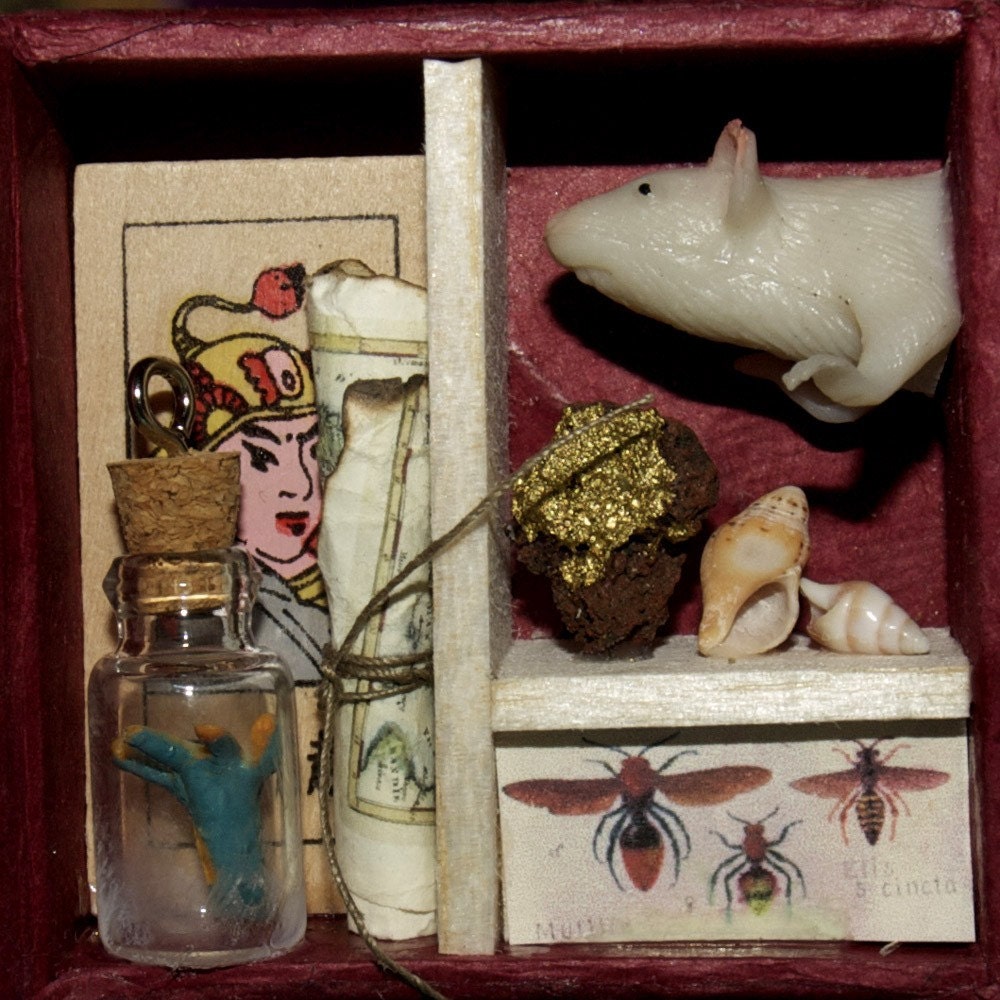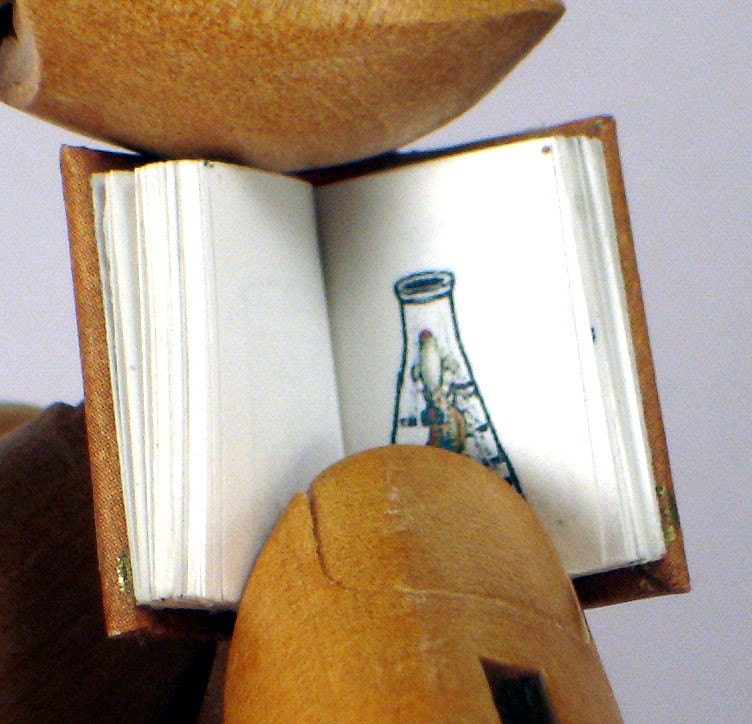There’s an interesting discussion going on at The Intersection about civility and science—with explicit mention of Robert Boyle.
In graduate school I got pretty interested in science in the Seventeenth Century, so I was interested to see Chris quote a passage from Boyle’s The Skeptical Chemist.
I definitely agree that civility is important to scientific discussions. But here’s what I wrote about Boyle:
See also Steven Shapin and Simon Schaffer’s Leviathan and the Air-Pump. They suggest that the scientific method Boyle advocated (and argued about with Hobbes) crystallizes a particular social organization and form of interaction. Given the highly divisive context in which he was writing, Boyle advocated that the “natural philosophers” focus on the facts (those items to which everyone could assent) and to avoid metaphysical or causal claims–natural philosophers were to spend their time cataloging facts about nature.
But Boyle had in mind a particular type of natural philosopher–a Christian gentleman. Only men of a certain class status could be considered sufficiently “modest” (i.e. disinterested) to engage in this discussion about facts. The Royal Society excluded women and viewed less “gentlemanly” members (like Robert Hooke) with suspicion.
The point is that any conception of an ideal speech situation depends on some basic assumptions about the social order–who is valorized to speak, who isn’t, who is considered reasonable and who isn’t. And usually these conceptions (see also Habermas) cast out emotion, which is considered to conflict with rationality. Antonio Demasio has demonstrated that we don’t make decisions on the basis of rationality alone (see his book Descartes Error), but that emotions also play a necessary part.
Today, we can no longer confine scientific debates to “gentlemen,” or scientists, or people with certain kinds of credentials. So we need a new kind of “order” that would address the widespread public involvement in scientific debates without dismissing people as “irrational” or insufficiently educated.
Studies have suggested that the “consensus conference” or “public deliberation” models developed in Europe can be quite effective. Usually, citizens selected to participate in the discussion receive an intensive introduction to the topic at hand before they engage in deliberations. Some studies suggest that these can be quite effective (see, for instance, Einsiedel, Edna F.and Deborah L. Eastlick. "Consensus Conferences as Deliberative Democracy: A Communications Perspective." Science Communication 21 (2000): 323-43.)
But to return to emotion, most people who engage in scientific debates do so not just because they are interested in arguing facts, but because they feel passionately about the issue. Many of the models underlying consensus conferences implicitly (or sometimes explicitly) rely on Jurgen Habermas’ model of the “ideel speech situation,” which stresses rationality, consensus, and individuality. Chantal Mouffe has argued that these models are overly positivistic (assuming truth will prevail), that they avoid difference, and that they over-emphasize consensus as opposed to productive conflict. The key, Mouffe says, is that participants should seem the adversary not as the enemy, but as a legitimate participant worthy of debating.
This brings us back to rhetoric, which has historically emphasized agon, but also valorizes arguing from shared, public values and from emotion as well as from logic. Ignoring the role of emotion in persuasion has inhibited scientists’ ability to persuade audiences about important issues—it is like arguing with one hand tied behind your back. Is there a fair, “civil” way to engage in public, scientific deliberations without denying the emotional attachments people bring to the table?


